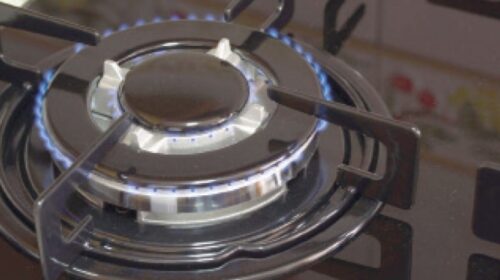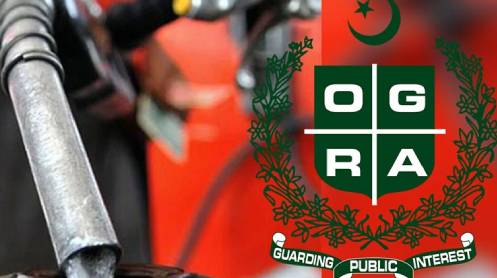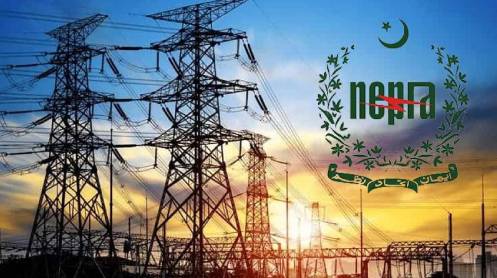According to the Sui Southern Gas Company (SSGC), the shortage of gas is due to a sudden increase in its use for cooking purposes in millions of homes and commercial places across the city at the time of Sehri and Iftar.
The worst hit areas are Gulshan-e-Iqbal, Gulistan-e-Jauhar, Defense Housing Authority (DHA), PECHS, Sindhi Muslim Cooperative Housing Society, Nazimabad, North Nazimabad, North Karachi, Surjani Town, Lyari, Shah Faisal Town, Koragi and the adjoining areas.
A resident of DHA Phase VI, Zainab Shabbir, shared how they had been facing a gas shortage for over three months, but the situation during Ramazan had worsened. “We didn’t have any gas to cook food or heat water throughout winters and had to purchase a cylinder which threw out our budget. Even in Ramazan, we have problems making Sehri and Iftari and it’s so difficult to deal with this, because we don’t even know when the supply will be back to normal.” Another resident of DHA Phase VIII, Sheharyar, shared how they have had no proper gas supply since winter. “We thought the gas supply would resume by summer. The temperature is setting new records this summer, but the gas pressure is still low,” he said, adding that the gas supply went off completely during Sehri and Iftar and they had to rely on food from restaurants.
The situation isn’t different in Gulistan-e-Jauhar. A few days back when Farah Qaiser woke up for Sehri, there was no gas supply at her home in Block V and she couldn’t cook any food. “We make sure that the sehri is cooked by night and most of the times rely on food from restaurants,” she said, adding that they paid regular bills to the SSGC, but this was how they were served.
A resident from Nazimabad, Salman, shared how they face low gas pressure especially during Sehri and bring naan from a tandoor and heat the rest of the food in the microwave. One such resident of Gulberg Town, Afshan Ameen, said that the low gas pressure right ahead of Iftar had become a routine. “It doesn’t even sound strange now, so we have adapted to it,” Ameen said.
According to the SSGC, the basic reason for low gas pressure issues during pre-Sehar and Iftar timings in some localities is an increased demand for gas.
Some of our esteemed customers have complained about receiving low gas pressure in the holy month of Ramazan, especially during pre-Sehri and Iftar hours, the utility said in a press statement.
“It is important to mention that customers who are generally located at the tail end of the company’s distribution lines are faced with low pressure issues due to a sudden and manifold increase in gas usage for cooking purposes in millions of homes and commercial outlets at similar timings,” the press statement said.
Moreover, the constantly depleting gas reserves and occasional operational issues of some gas fields have also compounded the issue, resulting in the widening of the demand-supply gap, it added.
The SSGC’s management under gas load management is constantly taking actions to facilitate its domestic customers during Ramazan and the closure of three-day gas supplies to the CNG sector in a week is one of such steps, said the statement.
“The gas pressure issue can easily be checked by using gas during non-pre-Iftar and Sehri hours as it would be found normal due to rare use of gas appliances during these hours. However, if the issue of low gas pressure is faced by our customers in those areas that are not situated at the tail end, then they are requested to promptly call SSGC’s 24/7 operational Call Centre 1199 and also notify on Company’s social media platforms. SSGC’s representatives will consequently ensure the quickest possible redressal.
“The SSGC being a customer centric organisation fully realizes its responsibilities for providing uninterrupted gas supplies to its customers and is well aware of this annually happening low gas pressure issue during pre-sehar and iftaar timings for which it is constantly taking counter steps to facilitate its customers.”





